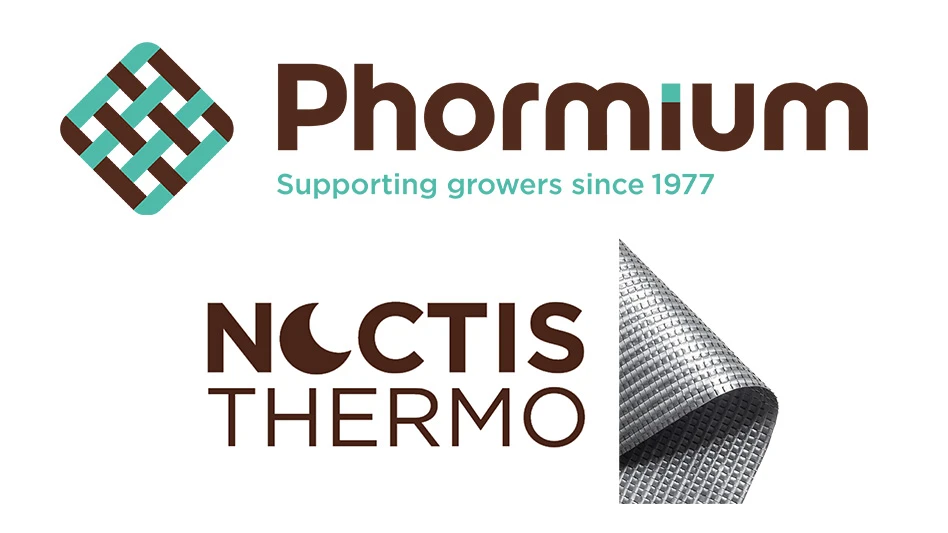
Dr. Erik Runkle, a researcher at Michigan State University, recently completed a four-year study into a new glazing material. For now, this is the end.
“The funding period is at an end,” he explains. “And, more importantly, the engineers who developed the material have all left Colorado [where it was developed]. So, we can’t even get more material. So I think it’s at the stage where we will be finishing this research.”
Still, Runkle believes he and his team have learned something new about possible advancements in greenhouse coverings. Below, he discusses the market for coverings, glazing materials, his research and more.
Greenhouse Management: Where should growers look to as far as the market for greenhouse coverings is concerned?
Erik Runkle: There are trade-offs with cost and light transmission [that growers should be aware of], plus the glazing material. It’s hard to give a recommendation, broadly speaking. ... The industry still largely uses double poly [for glazing]. But that, of course, needs to be replaced every now and again and that’s not the easiest thing to do. I understand that it’s gotten hard to find labor to reskin greenhouses over the past couple of years, so that’s presented some challenges that weren’t a challenge before.
GM: What is the market for glazing materials, including and beyond double poly?
ER: Some people use glass. Glass is really only used in scenarios where light is really important, say a tomato or something where the yield increases in light. It’s harder to adjust for traditional floriculture crops other than perhaps cut flowers, but that’s a relatively small part of the industry in the U.S. And then you have materials like acrylic. Early acrylic products would turn brittle and turn yellow as they aged. I know that there have been significant improvements so it’s now pretty reliable and a relatively long-lasting material. That’s a viable option if they don’t want to replace their double poly every three, four, five years — that should buy them more time.
And there’s double poly. Double poly and acrylic can be advantageous in way in that they do decrease light more than glass and have insulation values — important for growers in northern climates. And they diffuse light. I don’t think that’s something we often consider — the benefits of diffused light. That’s particularly the case for vertically oriented crops and it’s less important for short stature crops. But those create a more uniform light environment, so you have fewer bright spots and fewer dark spots.

GM: What is going on with future glazing materials?
ER: One option is what we are working on, which is more experimental. It’s a plastic type of material that you could, theoretically, adhere to another type of material. Or it could be made strong enough that it could be one of two layers in a double poly sort of thing. Right now, it’s not there as a glazing material, but it’s a sheet that changes the light spectrum. What it does in particular is it converts some of the blue and green light into red and a little bit of far-red light. And so, basically in that sort of environment, you create a pinkish tint.
We started this project over four years ago with some colleagues at the University of Colorado who developed this material. And I think what’s unique about it is not just the compound, but to be able to transmit the light. ... They figured out a way that the light would be trapped in the film or reflected by the film. The net result is that you have a shift in the spectrum and, at the same time, a decrease in light transmission. That’s the major downside of this material. While it changes and amplifies the red and the far-red to an extent, there’s still that decrease in light. But in some crops, we’re finding that there’s actually more growth under this modified spectrum than there is under a material that transmits the same light or, even in some cases, under no material at all. So if you can get more growth with the same or less light, that can be a big advantage.
GM: There are, as we’ve discussed, a fair number of tried-and-true materials available to growers. So, what is the impetus for you and others to try and find new options and considering something new?
ER: I think part of it is that the area of plant lighting has really expanded in the past decade with LEDs. It’s gotten engineers and people who never used to work with plants interested in plant applications. So when they read about how plant responds to light, they say ‘what could I do using my expertise to maybe improve the light spectrum?’ And so you see that with supplemental lighting in a greenhouse or indoor farm, but then also some people are looking at how you can improve the spectrum of the sun. That hasn’t necessarily been my impetus — I’ve been more focused on supplemental lighting or indoor lighting. But I think people who have interest in plant responses thought ‘well this is at least possibly a way to impact plant performance.’

Explore the August 2022 Issue
Check out more from this issue and find your next story to read.
Latest from Greenhouse Management
- This month's Greenhouse Management magazine is about native plants and sustainability
- The HC Companies, Classic Home & Garden merge as Growscape
- Terra Nova releases new echinacea variety, 'Fringe Festival'
- Eason Horticultural Resources will now officially be known as EHR
- BioWorks receives EPA approval for new biological insecticide for thrips, aphids, whiteflies
- ScottsMiracle-Gro transfers cannabis subsidiary to focus on core lawn and garden business
- Should we start calling natives 'eco-beneficial plants'?
- Ellen Mackenbach-Lakeman appointed new CEO of Dümmen Orange





